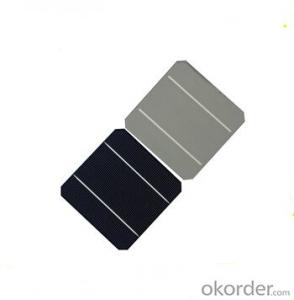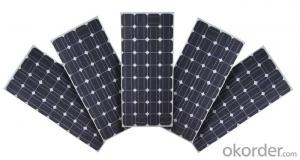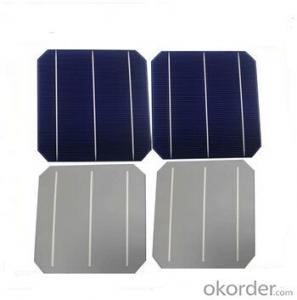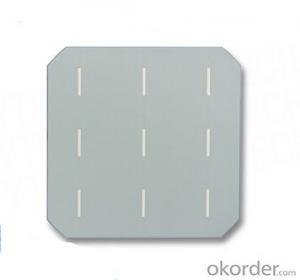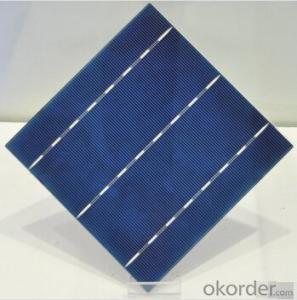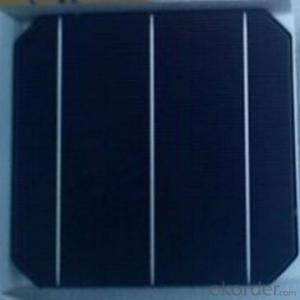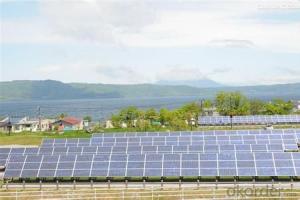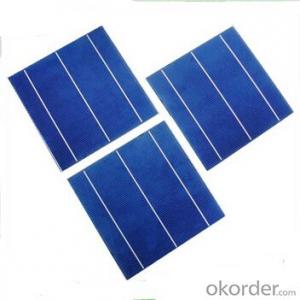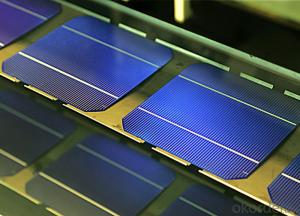Chalcogenide Solar Cells
Chalcogenide Solar Cells Related Searches
Except For Solar Cells Weegy Problems With Solar Cells High Power Solar Cells Light Trapping In Solar Cells High Performance Solar Cells High Output Solar Cells High Wattage Solar Cells Energy Transfer In Solar Cells High Efficiency Hvac Systems Recombination In Solar CellsHot Searches
Cheap Solar Cells For Sale Flexible Solar Cells For Sale Q Cells Solar Panels For Sale Printed Solar Cells For Sale Bulk Solar Cells For Sale 6x6 Solar Cells For Sale Broken Solar Cells For Sale Cpv Solar Cells For Sale Photoelectric Cells For Sale Price Of Silicon Solar Cells Price Of Solar Cells Over Time Buy Solar Cells From China Cheap Solar Cells China Best Type Of Solar Cells Flexible Solar Cells Price Q Cells Solar Panels Price 3 Types Of Solar Cells Production Of Solar Cells Common Types Of Solar Cells Q Cells Solar Panel PricesChalcogenide Solar Cells Supplier & Manufacturer from China
Okorder.com is a professional Chalcogenide Solar Cells supplier & manufacturer, offers integrated one-stop services including real-time quoting and online cargo tracking. We are funded by CNBM Group, a Fortune 500 enterprise and the largest Chalcogenide Solar Cells firm in China.Hot Products
FAQ
- What is the internal structure of solar panels
- 3) The main role of the battery is the power generation, power generation main market is the mainstream of crystalline silicon solar cells, thin film solar cells, both of their advantages and disadvantages.
- Solar cells typically perform slightly less efficiently in areas with high humidity due to the presence of moisture in the air. The water vapor can reduce the amount of sunlight reaching the solar cells and can also cause corrosion over time. However, modern solar cell designs have improved significantly to mitigate these effects and ensure reliable performance even in humid conditions.
- Yes, solar cells can be used to power electric fences. Solar cells convert sunlight into electricity, which can then be stored in batteries or used directly to power electric devices such as electric fences. This allows for a sustainable and reliable source of power, especially in remote areas where grid connection may not be feasible.
- Where can I find more information about the work process of solar cells
- Though the scientific website by searching solar cell work process.
- Solar cells do not directly handle electrical noise or interference. However, solar cell systems often include components such as inverters or power conditioning units that help mitigate electrical noise or interference by converting the direct current (DC) produced by the solar cells into alternating current (AC) that is more resistant to noise. Additionally, proper grounding and shielding techniques can be employed to minimize any potential interference from external sources.
- Yes, solar cells can be used to power remote sensors. Solar cells convert sunlight into electricity, making them ideal for remote locations where other power sources may be unavailable. By harnessing the sun's energy, solar cells can provide a reliable and sustainable power supply for remote sensors, ensuring their continuous operation without the need for frequent battery replacements or wired connections to the grid.
- Tree shading can have a significant impact on solar cell efficiency. When trees cast shadows on solar panels, they reduce the amount of sunlight reaching the cells, resulting in decreased electricity generation. The shading not only reduces the overall energy output but also causes uneven distribution of light, leading to hotspots on the panels, which can further decrease their efficiency and lifespan. Therefore, it is important to consider tree placement and regularly trim branches to maximize solar cell efficiency.
- Yes, solar cells can be used to power large industrial facilities. With advancements in solar technology and the availability of large-scale solar installations, solar power has become a viable option for industrial-scale electricity generation. By deploying a sufficient number of solar panels, along with efficient energy storage systems, it is possible to meet the energy demands of large industrial facilities and reduce their dependency on conventional power sources.

















